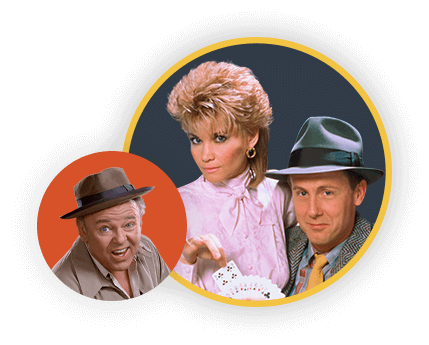40 years ago, Milton Bradley launched its classic Simon game at Studio 54

Image: Milton Bradley
The name Studio 54 is synonymous with the disco era. The world-famous nightclub conjures images of sheer Seventies decadence. The former CBS television studio was once the home of black-and-white game shows like What's My Line?, Password and Beat the Clock. Two decades later, it was a joint where Bianca Jagger and Debbie Harry brushed their bare shoulders. Where Andy Warhol and Rick James might be found sitting together off the dance floor. It was a world-famous joint stuffed with Love Boat guest stars, glittering gowns, mirrors and Columbian powder.
The nightclub was known for its lighting. Lighting experts from theater and television rigged up the system in Studio 54, which unlike most darkened dance halls splashed color and spotlights on its crowd. However, on the evening of May 15, 1978, a different kind of lighting system was hanging from the ceiling, for a different kind of party.
Milton Bradley, a family gaming company best known for hits like Battleship, Operation and Candy Land, was hosting a launch party for its latest toy, Simon. The new electronic brain looked like something out of science fiction, as if it somehow had yanked the blinking brain out of the Robot's head on Lost in Space. Four colored panels — red, blue, yellow and green — sat atop the black plastic disc. A basic game of memory, Simon asked its players to repeat a pattern of flashing lights. The colored panels would flash in a random order with a series of chiming tones. It was your task to smack the buttons on top in the same order.
Undoubtedly, much of Simon's immediate success came off the back of Close Encounters of the Third Kind. The flashing primary colors and electronic blurts brought to mind the system used by scientists to communicate with aliens in the climax of the 1977 Spielberg classic. Sure, the simple dumb circuits inside Simon were not exactly "artificial intelligence," but playing the game felt like taking on a computer. It was a child's bedroom version of Kasparov vs. Deep Blue.
Okay, even if it was not quite that brainy, the man behind Simon certainly was. Inventor Ralph H. Baer had many other ingenious devices to his name. Fleeing the Nazis, Baer came to America in 1938. After serving in World War II, the engineer went to work for a defense contractor. According to Smithsonian, his brain dreamt up clever inventions such as a voice-activated intercom, the first lightgun video game, a talking bicycle speedometer and odometer, and a quirky talking doormat dubbed "the Chat Mat."
But Simon remains his most famous creation. Originally, when Baer pitched the game to Milton Bradley, his game was housed in a rectangular box, not its familiar circular shape.
Back to Studio 54. At the midnight launch party, a four-foot replica of Simon hung from the ceiling. If you ever thought of disco lights when playing the game, this was not a coincidence. Next time you dust off the old Simon, slap a Bee Gees record on the turntable.




